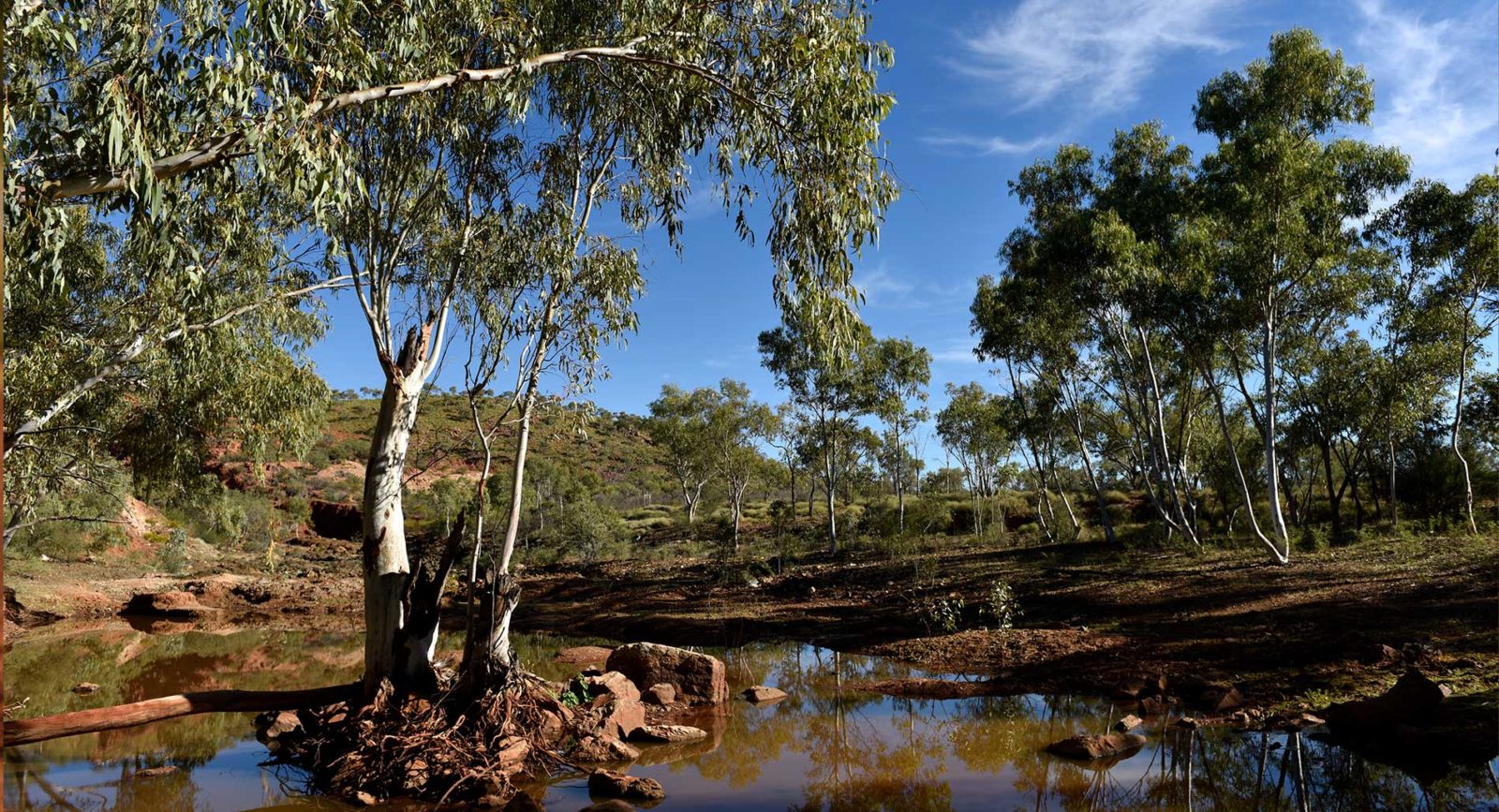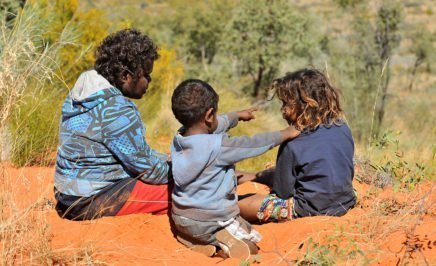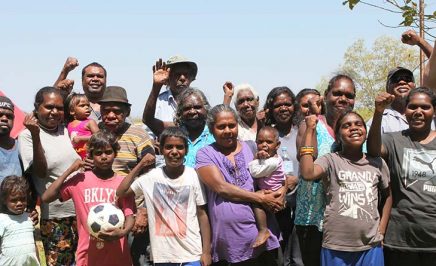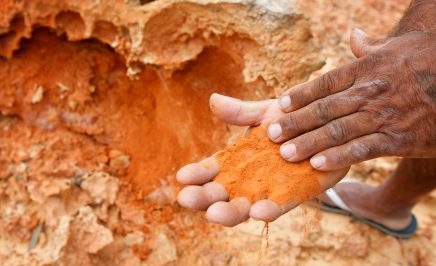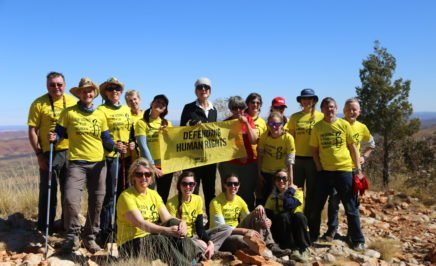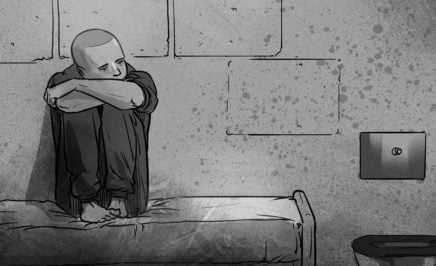Homelands are small-to-medium sized communities, established so that Aboriginal people can maintain connection with their traditional, ancestral land. There are approximately 500 homelands in the Northern Territory. Around 30 per cent of the Aboriginal population of the NT live on homelands.
By raising their families on homelands, Aboriginal people are able to maintain their deep spiritual and economic connection to their land. They can raise their children within cultural context, away from the discrimination that often still exists in larger towns.
With proper services like health, education, water and shelter, people can be healthier and live longer on homelands. One of the benefits of homelands is that Aboriginal people have some measure of community control and agency, as seen in the many examples of strong governance and community-based decision-making models. Most significantly, they are important for mental and physical health of Aboriginal communities.
https://www.youtube.com/watch?v=uqhJcimn9XM&feature=youtu.be
History of the homelands movement
Aboriginal people have occupied Australia for millennia and belong to the world’s longest surviving continuous culture. Over thousands of years, they have developed a rich culture and way of life, with their own distinct laws, customs and a unique relationship with their traditional lands.
The beginnings
The homelands movement began in the late 1960s and gained momentum through the 1970s and 1980s. Small Aboriginal groups – often families or other closely related people – left larger communities and relocated on (or closer to) their traditional land. Aboriginal people see homelands as the result of Aboriginal initiatives, not those of the government or officials. Homelands allow them to gather traditional foods and be close to sacred sites, burial places and dreaming trails. It is not a rejection of modernity, but an attempt to embrace the benefits of citizenship rights on their own terms, within their own value system.
Aboriginal Land Rights Act 1976
The key to the homelands movement in the Northern Territory (NT) was the groundbreaking legislation – the Aboriginal Land Rights Act 1976 (ALRA). The ALRA provided for the return of large areas of lands to Aboriginal people in the NT. It established communal Aboriginal land ownership where title is inalienable and equivalent to freehold title, but is held communally by a Land Trust on behalf of traditional owners.
Almost half of land in the NT is owned by Aboriginal peoples through Aboriginal Land Trusts, with the majority of homelands being on ALRA land. Others are on excisions from pastoral leases or are town camps.
The benefits of homelands
The strong benefits of Aboriginal peoples’ return to homelands are clear, as noted by the UN Special Rapporteur on Indigenous Rights:
“Homelands are widely understood to have lower levels of social problems, such as domestic violence and substance abuse, than more populated communities. According to reports, the health of Indigenous people living on homelands is significantly better than of those living in larger communities.
“Homelands are also used effectively as part of substance abuse and other programmes for at-risk Aboriginal youth living in more populated or urban centres.”
Health
Homeland residents have participated in various health research projects over the last twenty years or so – and the evidence of better health is particularly strong. Health is a key indicator and one of the most significant of the ‘gaps’ to be closed for Indigenous Australians. Homelands are also seen as places of respite. Many play a role in rehabilitation of addicts (petrol, alcohol etc) and offenders (detention diversionary programs, training, employment and self-esteem programs for troubled youth and young adults).
Homelands are widely understood to have lower levels of social problems, such as domestic violence and substance abuse, than more populated communities.
Economy and employment
Homelands people have engaged in many economic activities, including Indigenous art, eco-tourism, natural resource management and ‘caring for country’ programs. These are just some of the enterprises that homelands people have entered into, sometimes independently and sometimes in partnerships that have benefits for all Australians and for the resource management of Australia’s environment.
Homelands also come with considerable employment opportunities, forming a central component of the NT tourism industry, contributing $775.78 million per year (5.8%) to the NT economy.
The Utopia region
The Utopia homelands are one of the more established homelands in the NT, comprising of 16 dispersed communities, similar to ‘suburbs’. These communities are separated by rough, corrugated dirt roads and in some instances by the dry and sandy river bed of the Sandover river.
The most central is Arlparra because it is close to the Sandover Highway. Most of the communities are about 30 kilometres apart. During the wet season – which usually occurs in the hot summer months of December to March – the roads, the connecting Sandover highway and the river are often impassable. At such times the only link to the major centre of Alice Springs, roughly 260 km to the south, is a small airstrip situated close to the Urapuntja Health clinic at Amengernternenh.
In terms of infrastructure, there are two primary schools, one high school, a health service and one general store. They service the educational, health and nutritional needs of the 16 communities.
